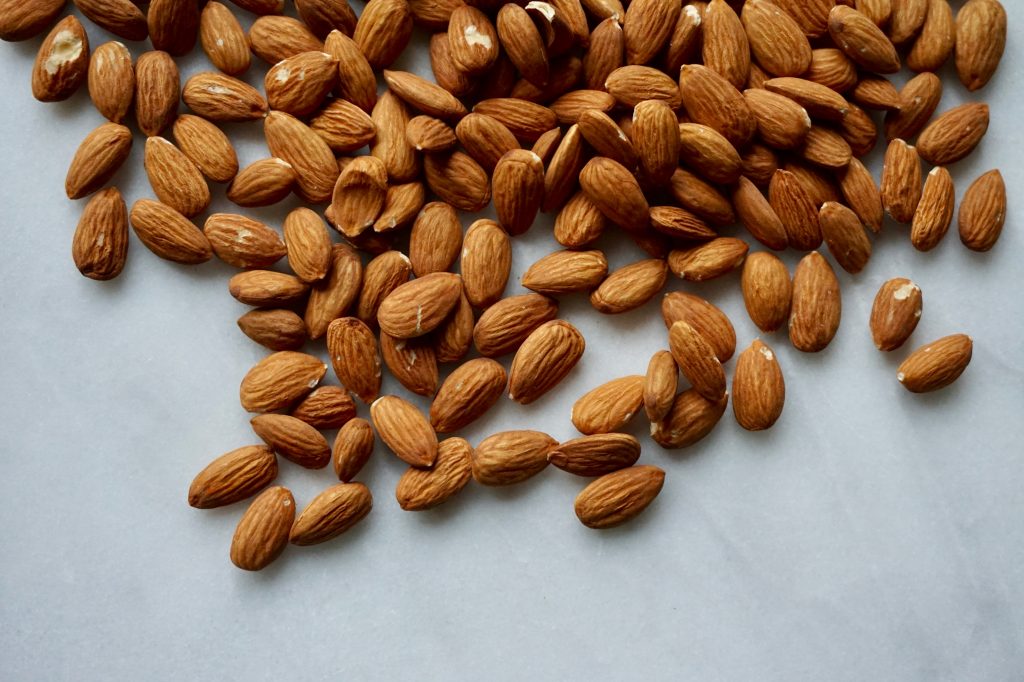It seems like the popularity of almond milk has skyrocketed in the past couple of years, which is surprising because almond milk (and the method for making it) is an age-old process used in French cooking for delicate blancmanges. So it’s high time you give this quick and easy recipe a try and start enjoying the creamy, mellow milky homemade flavor. 
Making almond milk involves soaking almonds overnight or up to two days (the longer you soak the nuts the creamier your milk), then blending the nuts with fresh water and straining the ground pulp. The liquid strained from the almond pulp is almond milk.

The result is a dreamier alternative to store bought milks. It doesn’t contain non-food ingredients or preservatives. Unlike those milks — which are typically shelf-stable — homemade almond milk only has a shelf life of a few days. But don’t fret; the process to make it is simple enough you won’t mind making it in smaller batches.

You will need to soak the almonds overnight, but the process to make the milk takes just a few minutes. Once you’ve blended the milk, you’ll have lovely almond pulp to turn into flour or bake into cookies or other treats. All you’ll need is a few pieces of equipment: a blender or a food processor, a strainer and a piece of cheesecloth or a nut milk bag to strain the milk from the almond pulp.
Homemade Almond Milk

Ingredients
1 cup dry, raw almonds
4 1/2 cups water, plus more for soaking
2 pinches fine-grain sea salt
2 teaspoons honey or maple syrup, to taste
Directions
Put the dry, raw almonds in a bowl and add enough water to cover. Allow to soak in the fridge overnight and up to two days. The longer you soak the almonds, the creamier your milk.
When you’re ready to make the milk, drain the nuts and transfer to a blender. Add the 4 1/2 cups of water, salt and honey and blend on high until the nuts are broken down and the liquid is milky — about 30 seconds to 2 minutes. Be careful not to overblend — you want some pulp. If you’re using a food processor, blend for up to two minutes stopping frequently to scrape down the sides of the bowl.
Place the strainer lined with cheesecloth or nut milk bag over a bowl. Pour the blended milk mixture over the cloth, then gather the cloth and squeeze to extract all of the liquid. When you’re done, you’ll have a little ball of ground almonds in the cloth and homemade almond milk in the bowl.
Season to taste — adding more salt or honey if necessary.
The almond pulp can be used in recipes or dehydrated and pulsed into homemade almond flour
Refrigerate the almond milk in an airtight container and consume within two days.
Makes about 2 cups of milk or 4, 1/2-cup servings
Nutrition (per serving): Calories: 90; Total Fat: 3g; Saturated Fat: 0g; Monounsaturated Fat: 0g; Cholesterol: 0mg; Sodium: 80mg; Carbohydrate: 6g; Dietary Fiber: 2g; Sugar: 1g; Protein: 4g




